
The project that circumnavigates a local planning restriction by building a half-height roof extension!
The clients owned the existing two-storey, two-bedroom property, located on a central London Housing Estate. With a second baby on the way, they needed more space. Priced out of three-bedroom properties in the area they decided to investigate what could be done to create more space in their existing home.
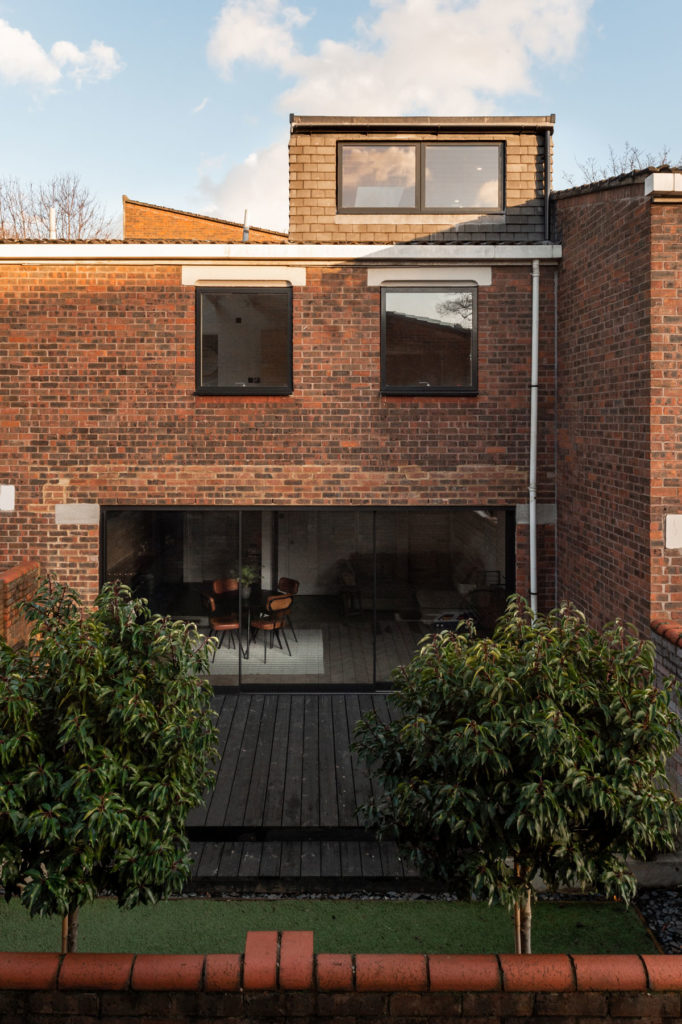
The challenge with this property, unlike others on the estate, they were unable to secure planning permission for a single-storey loft extension. They received two planning refusals since they were not permitted to build any higher than the highest point of the existing roof, due to its lower profile.
We approached the design as an interlocking jigsaw. We knew the half-height of the loft was fixed so the design was all about creating two interlocking floor levels in the space of one and a half floors. We may have given less footprint, but we created more volume and an additional bedroom by using it creatively.

The whole design of the project hinged on using the ceiling of the bedroom below as a bed platform for the bedroom above, which is spacious and light due to the effective use of roof windows. Integrating the bedframe into the fabric of the design allowed space to be freed up for other things such as the communal circulation spaces. Plywood unifies all the new and old spaces and helps to conceal lots of clever storage spaces.
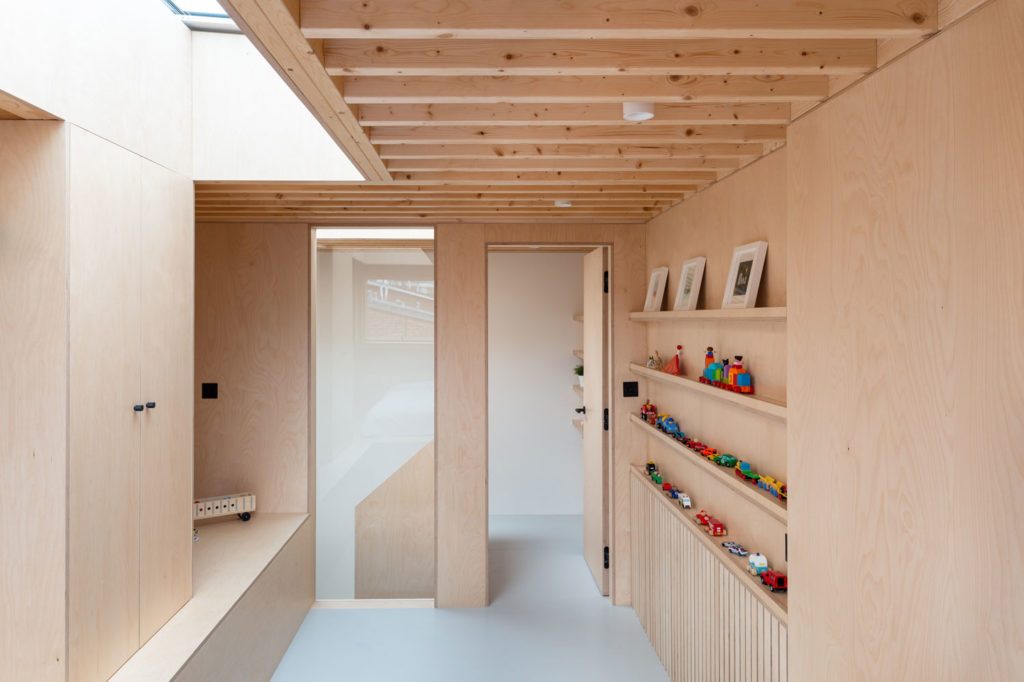
Close attention to millimetre detail ensured ceiling heights could be maximised, which included exposing structural timbers in the ceilings and using vacuum insulation panels to limit floor and roof depths.
The clients are delighted with their new house and love being able to see their eldest son playing in his new loft bedroom from the hallway window on the first floor, thanks to the split levels.
Questions & Answers
How is the project unique?
The loft extension is half the height it should be. This has therefore triggered a very unique design for interior. The project is worthy of featuring in a Being John Malkovich sequel.
What building methods were used?
The construction is principally framed in steel. The steels are unconventionally tall and narrow so that they can disappear in the thickness of the walls and not increase the depth of floor construction. The steels have been carefully laid out to limit spans of the timbers, so they can remain as shallow as possible. To achieve a clean look, the timbers are supported on concealed joist hangers. The roof is insulated using ultra thim Optim-R insulation.
What are the sustainability features?
The majority of the construction has been completed using high quality timber from FSC sources. The level of insualtion used has also resulted in very minimal energy consumption for heating the spaces.

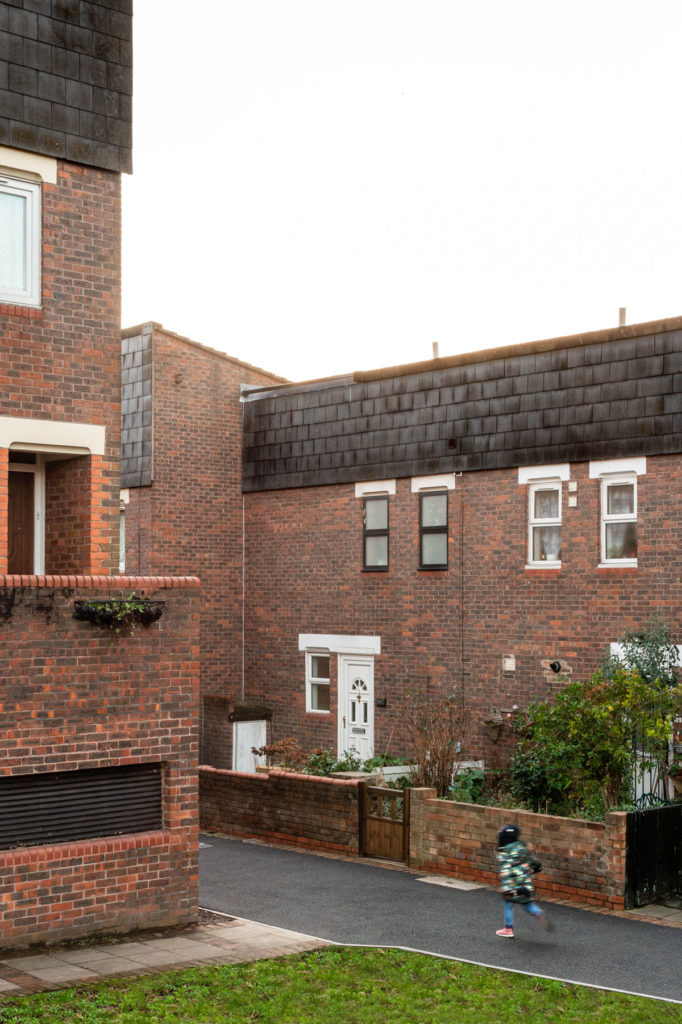
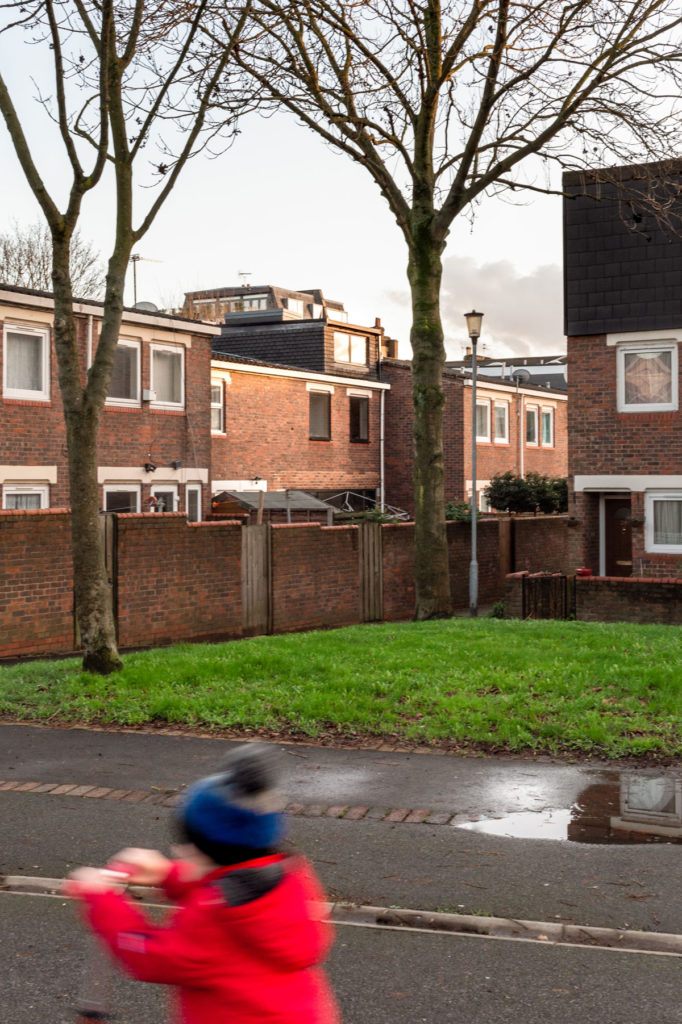
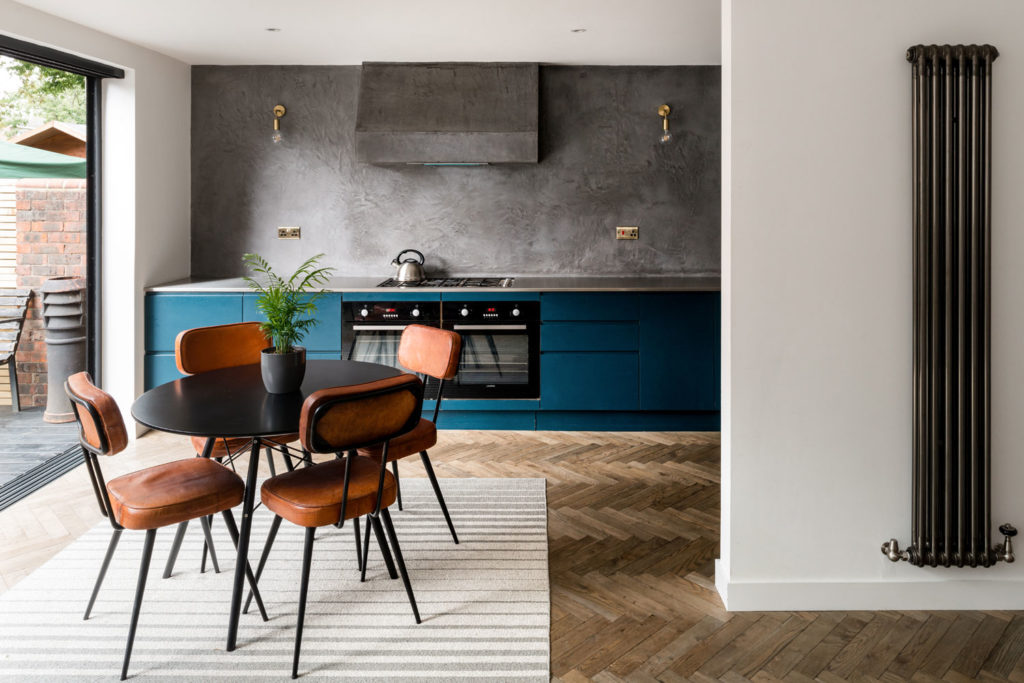
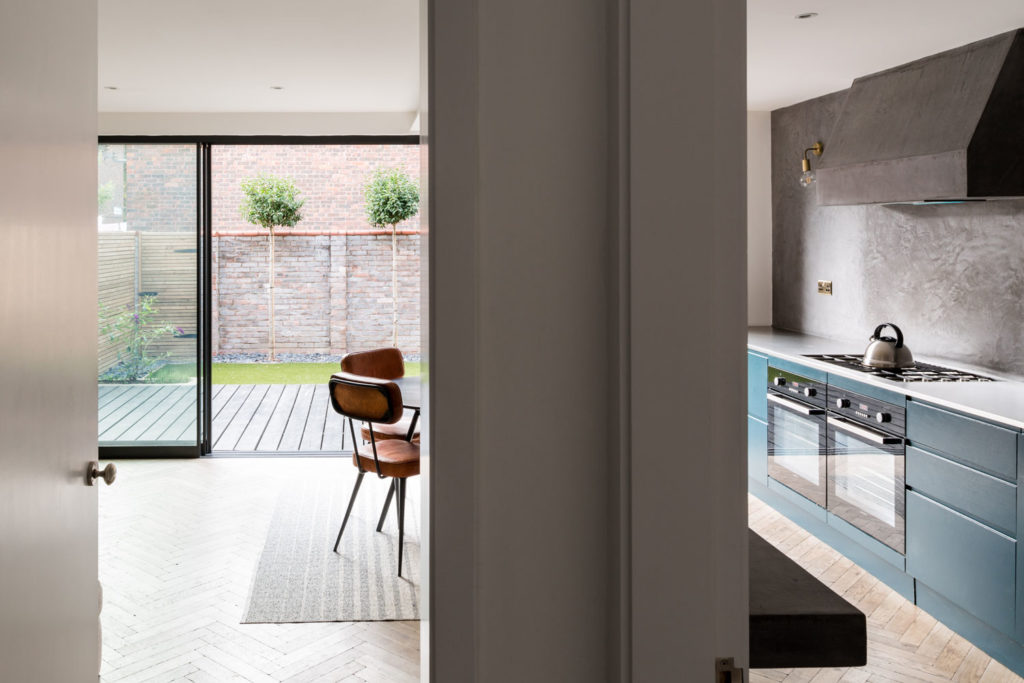
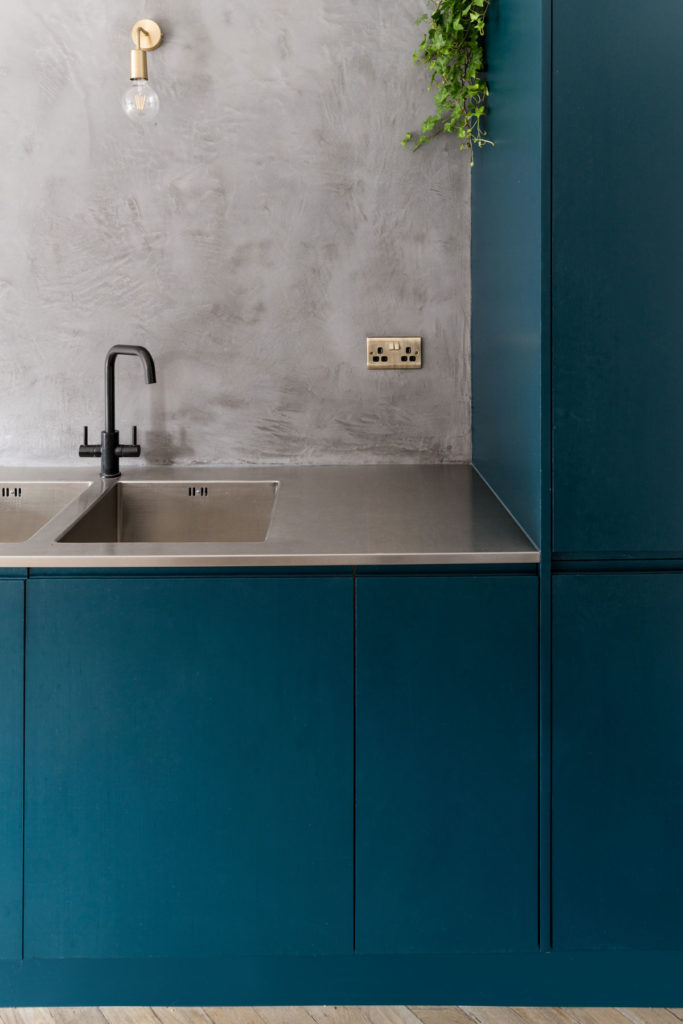


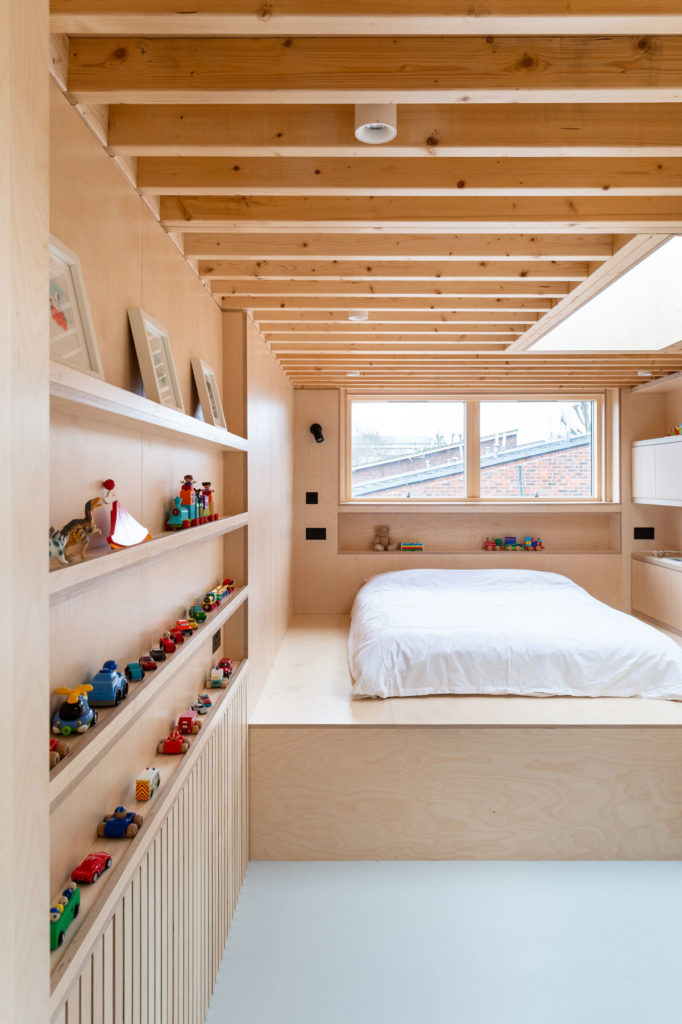
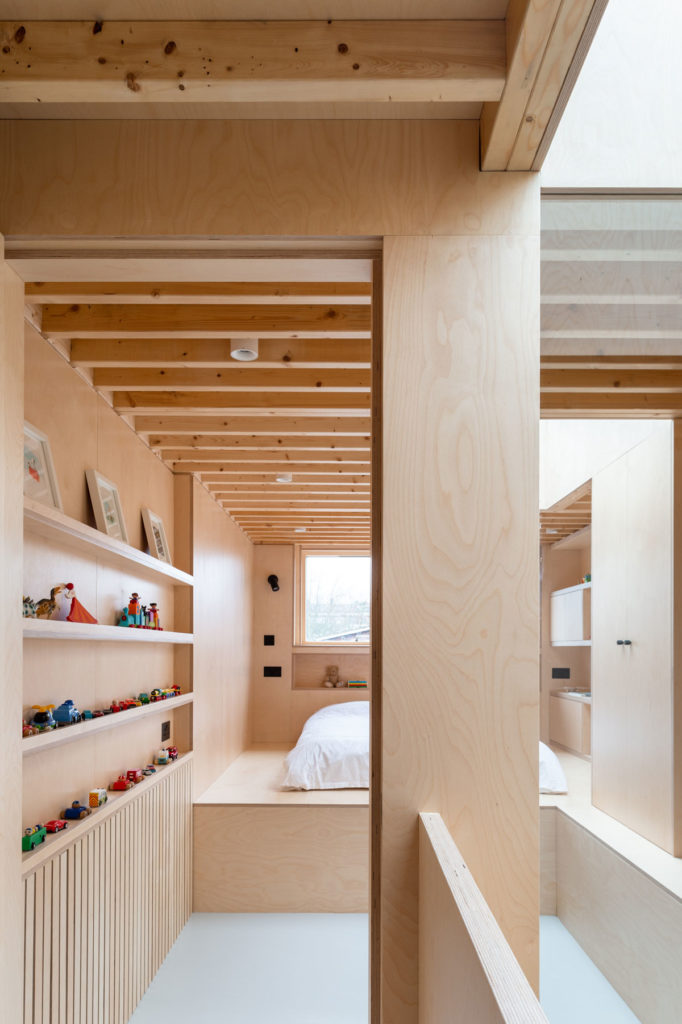
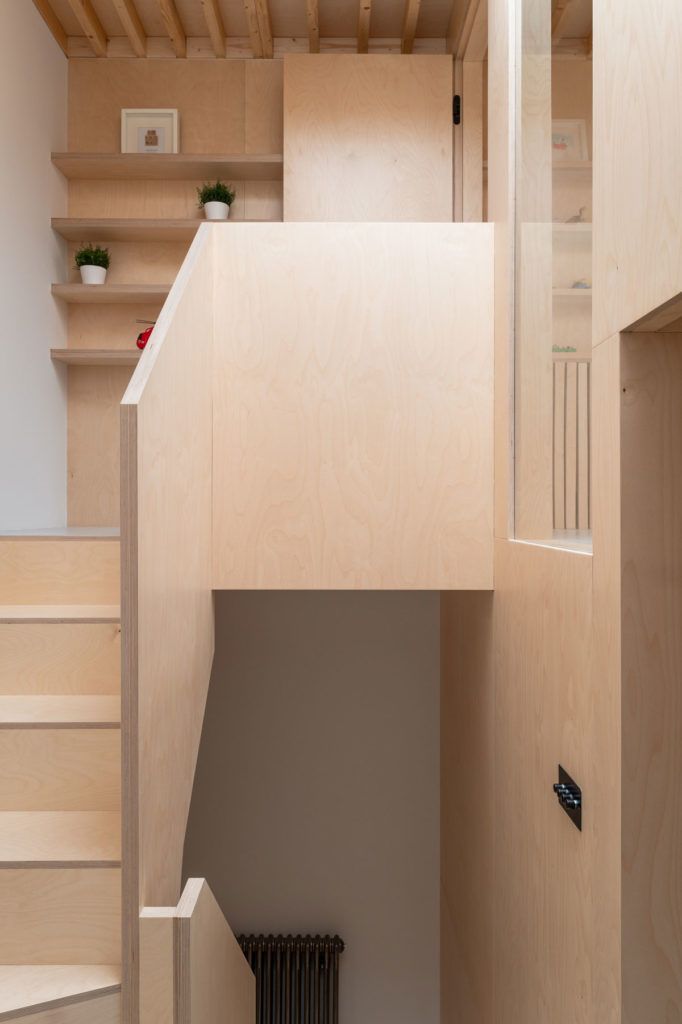
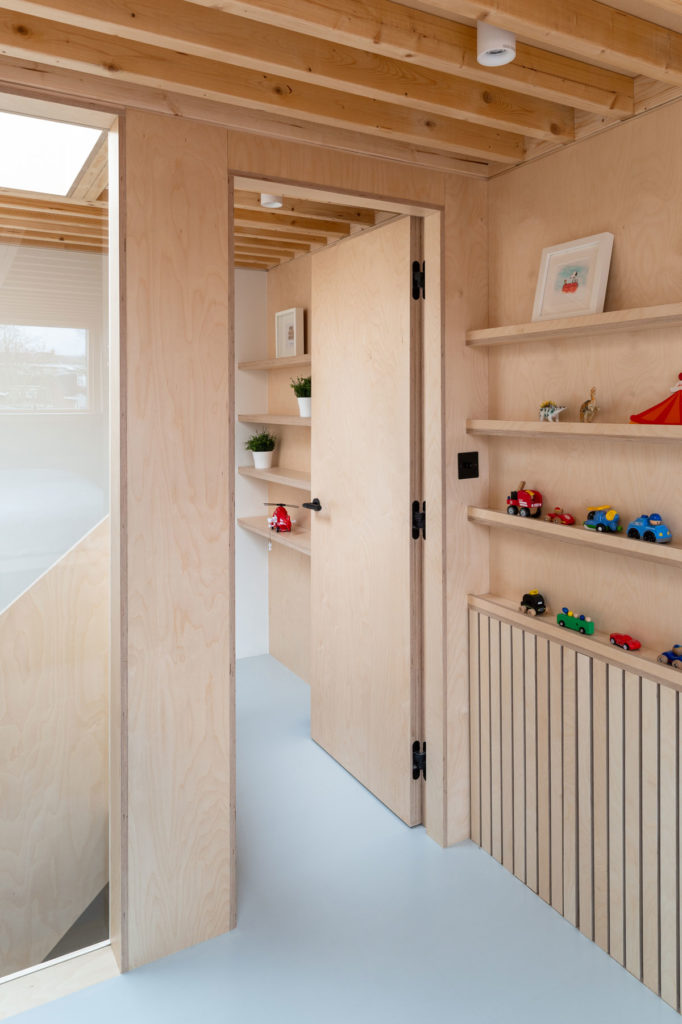

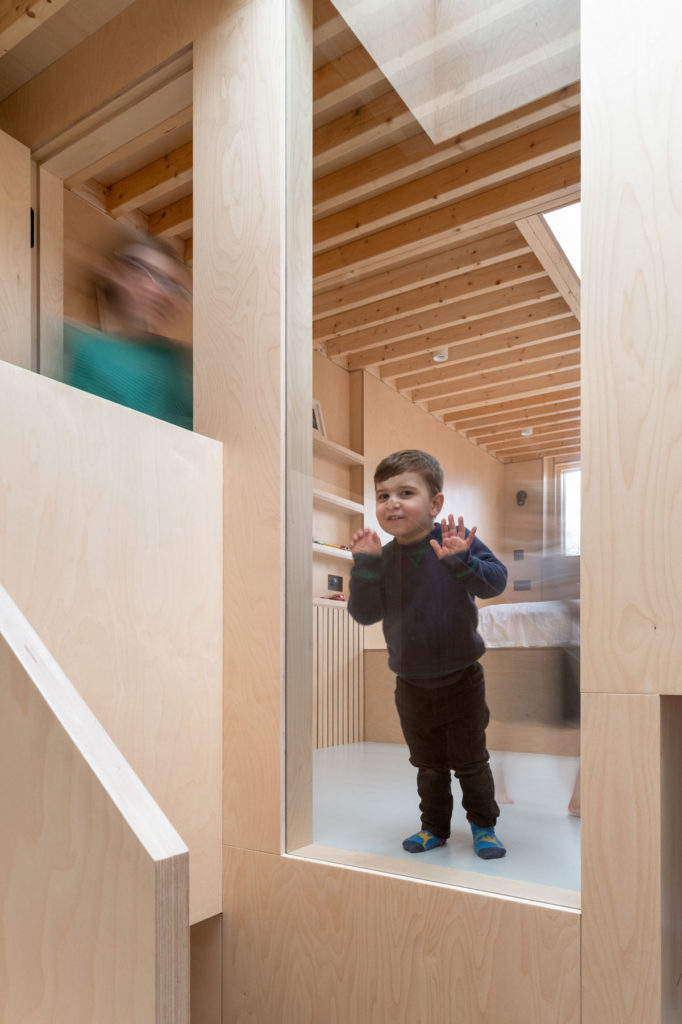
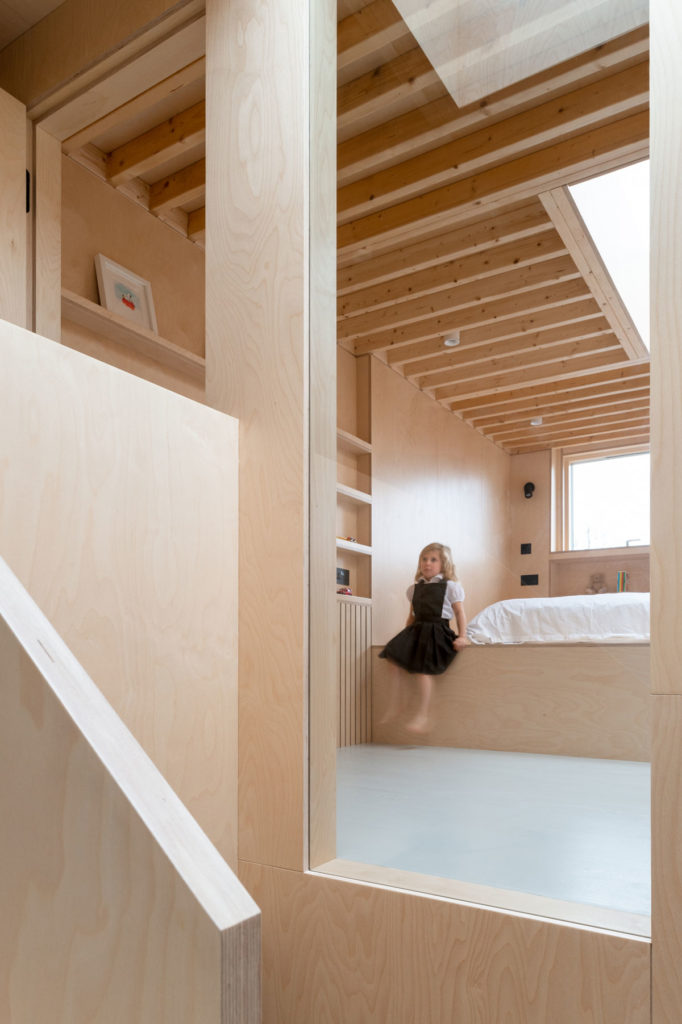
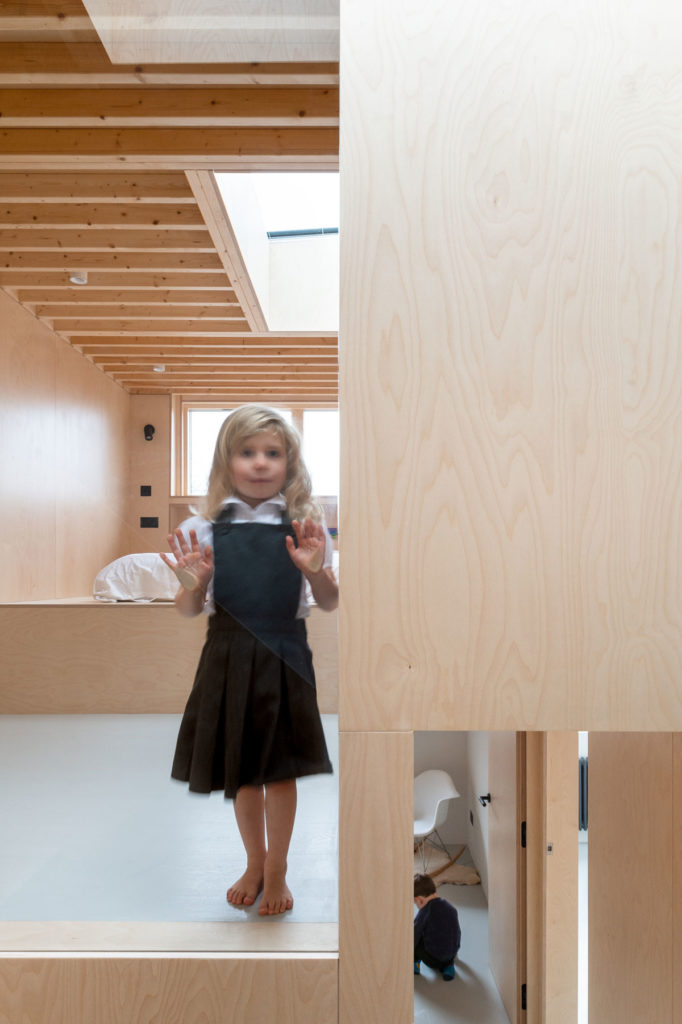
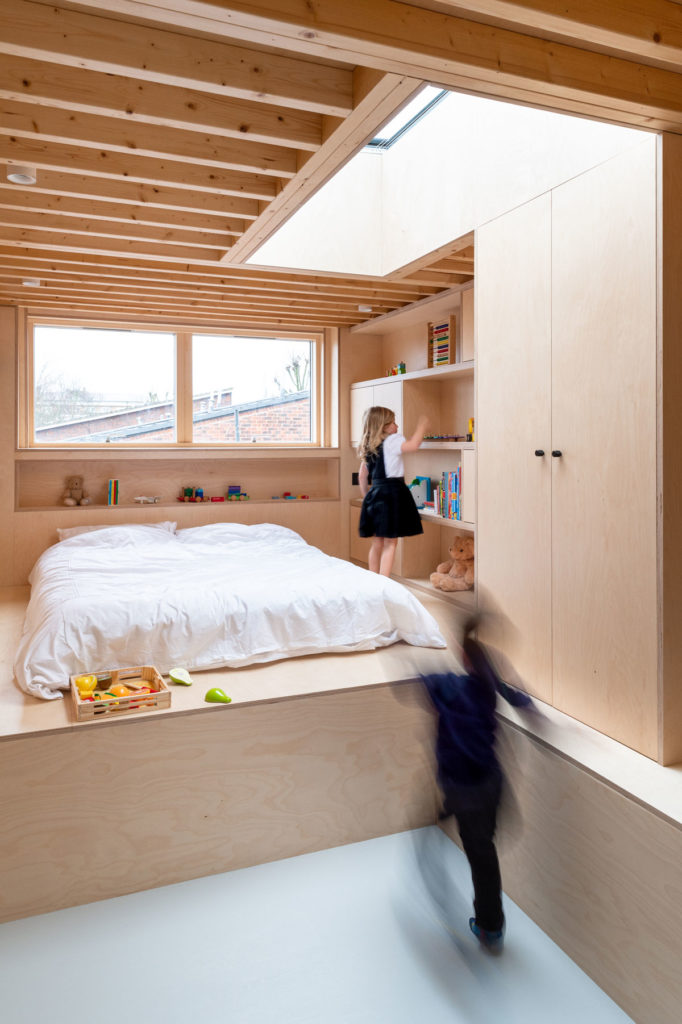
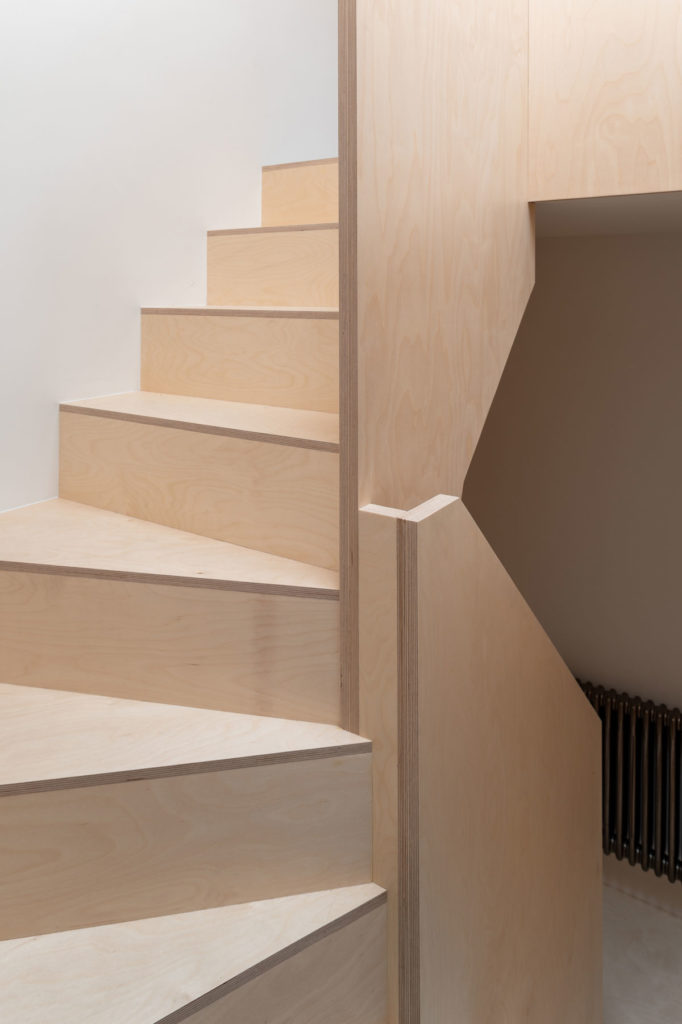
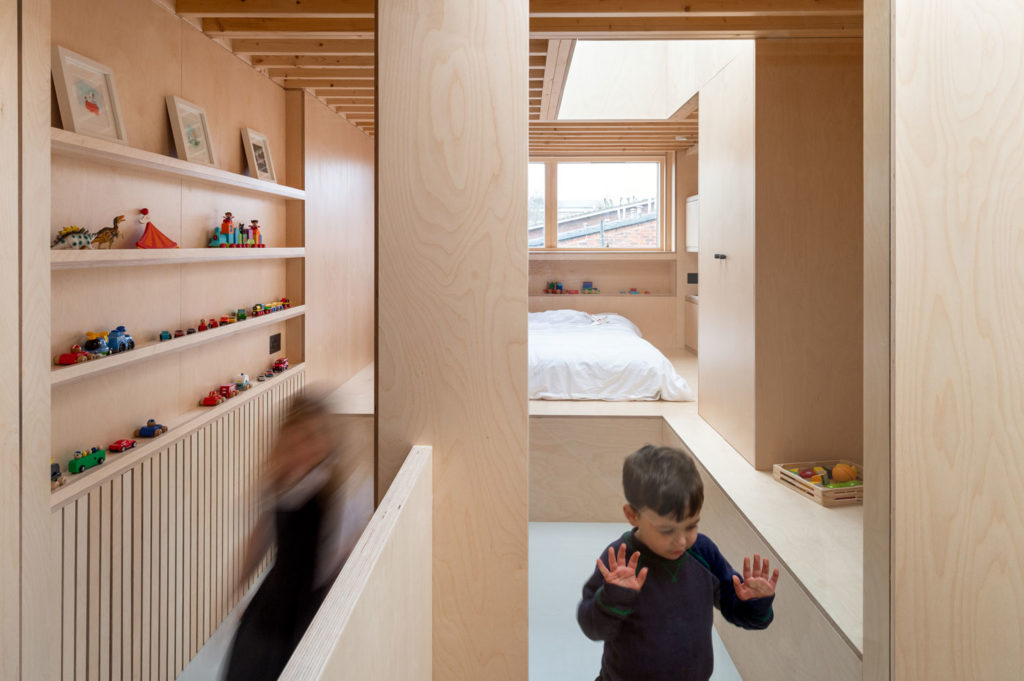
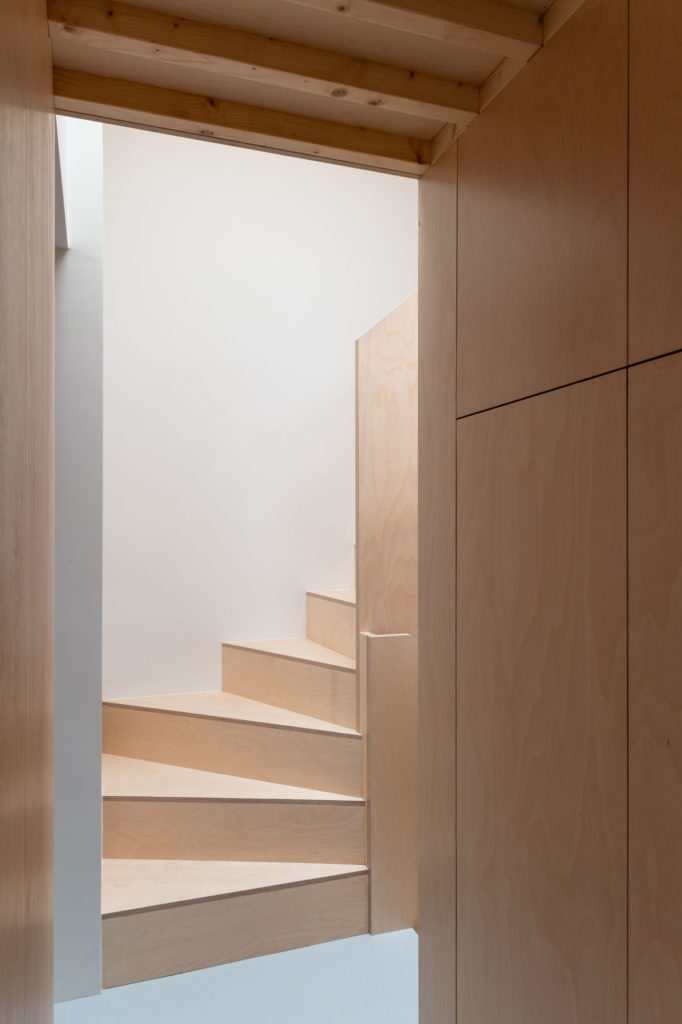

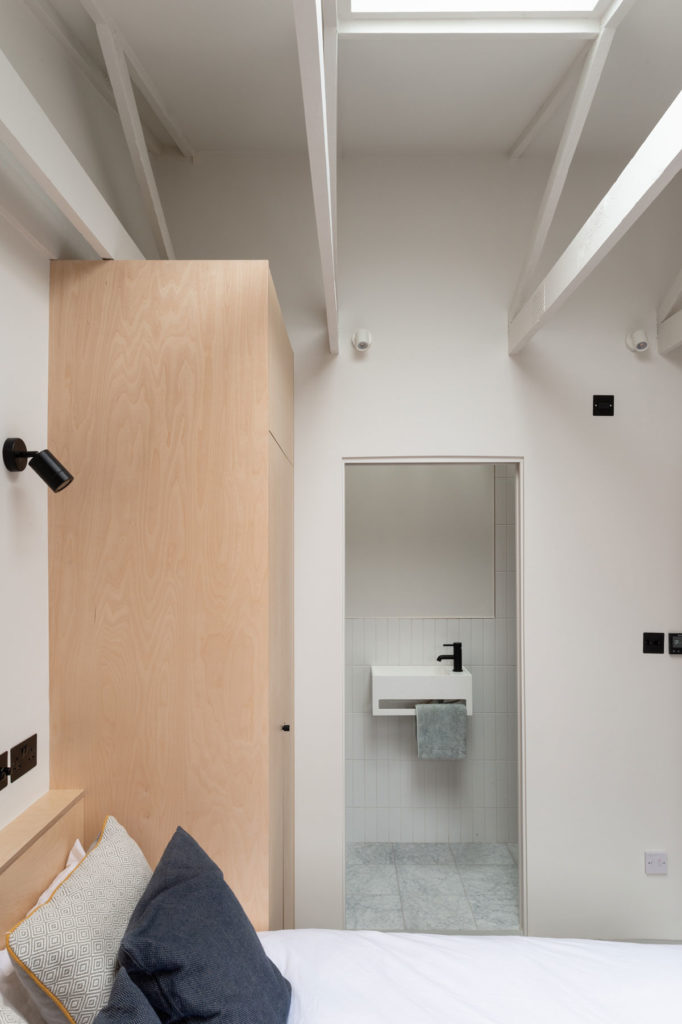
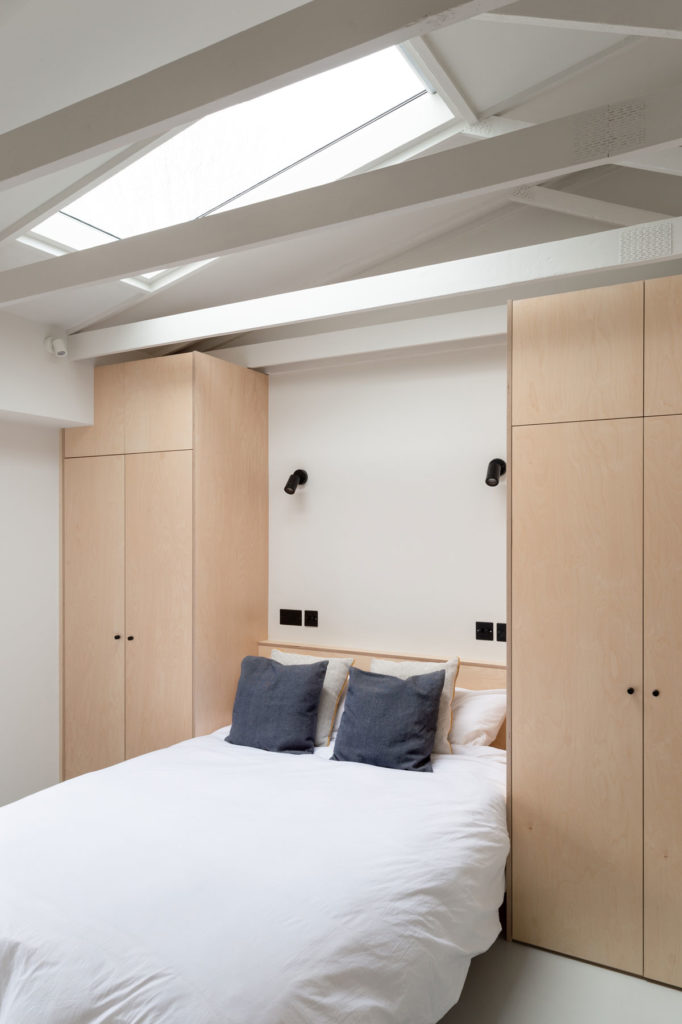
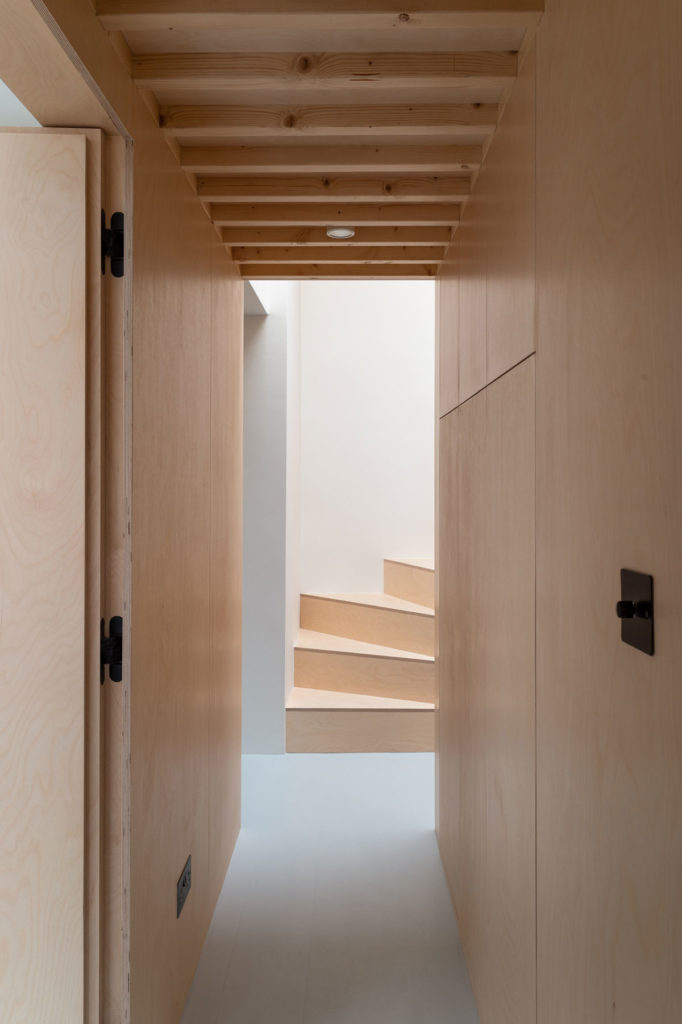
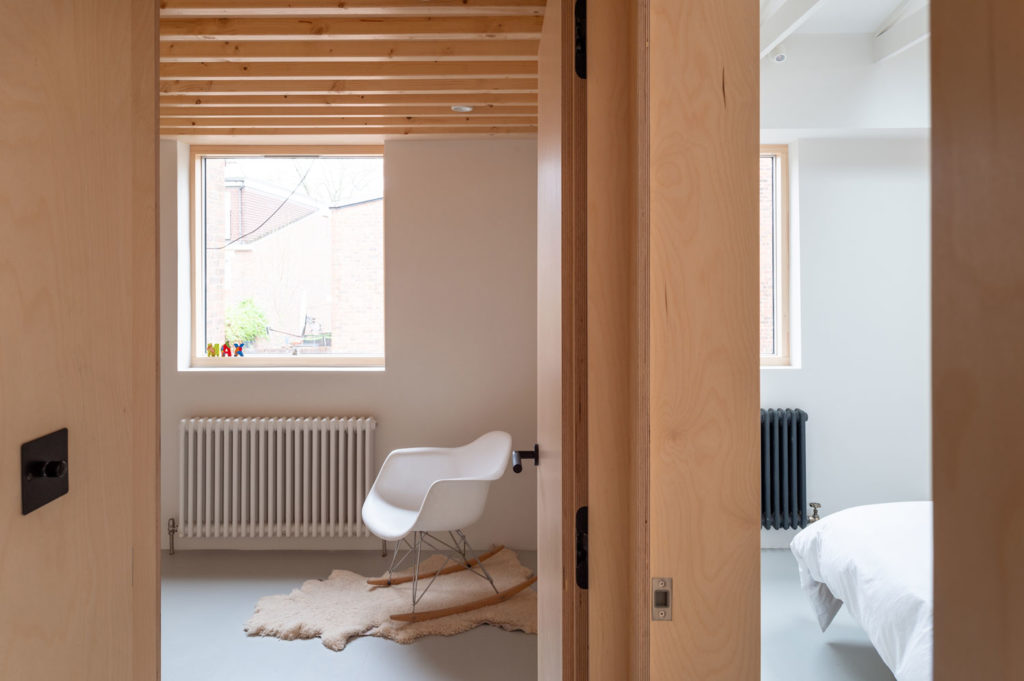
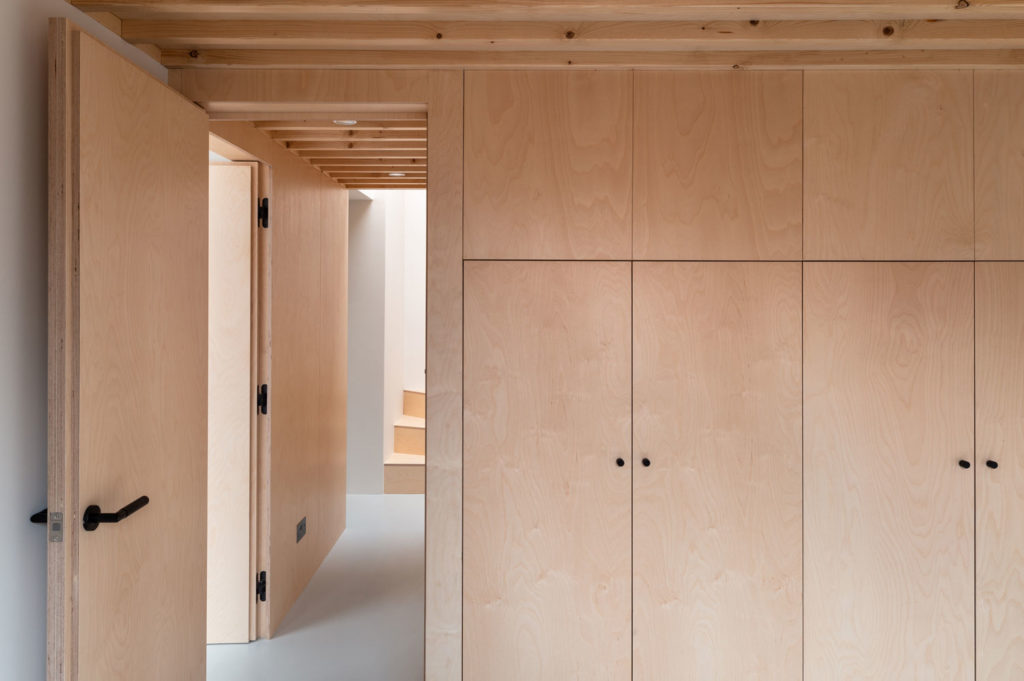
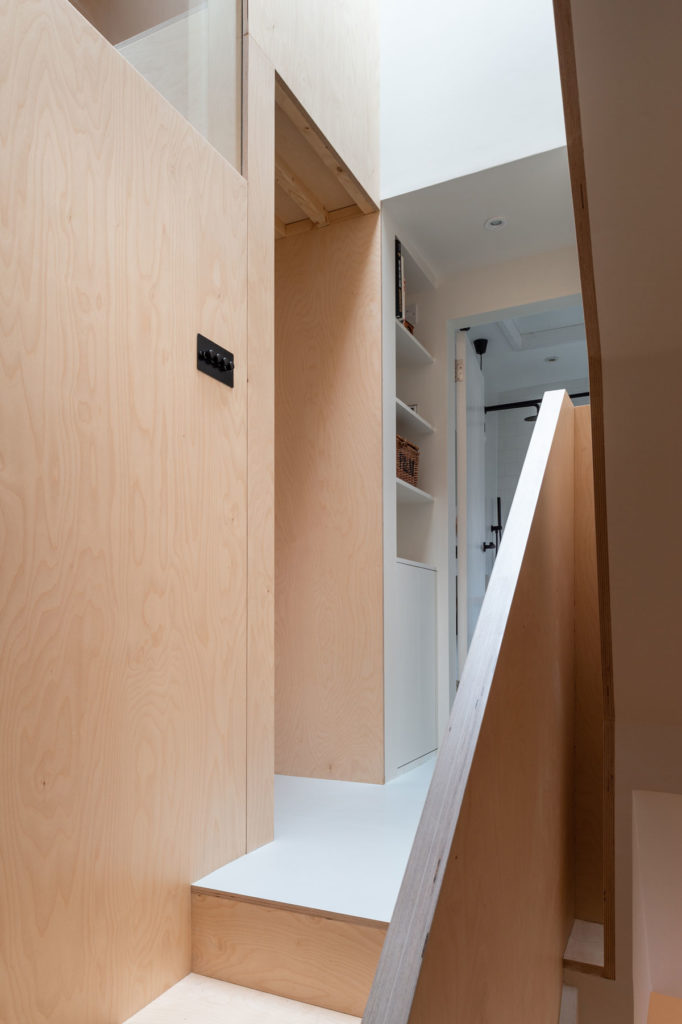
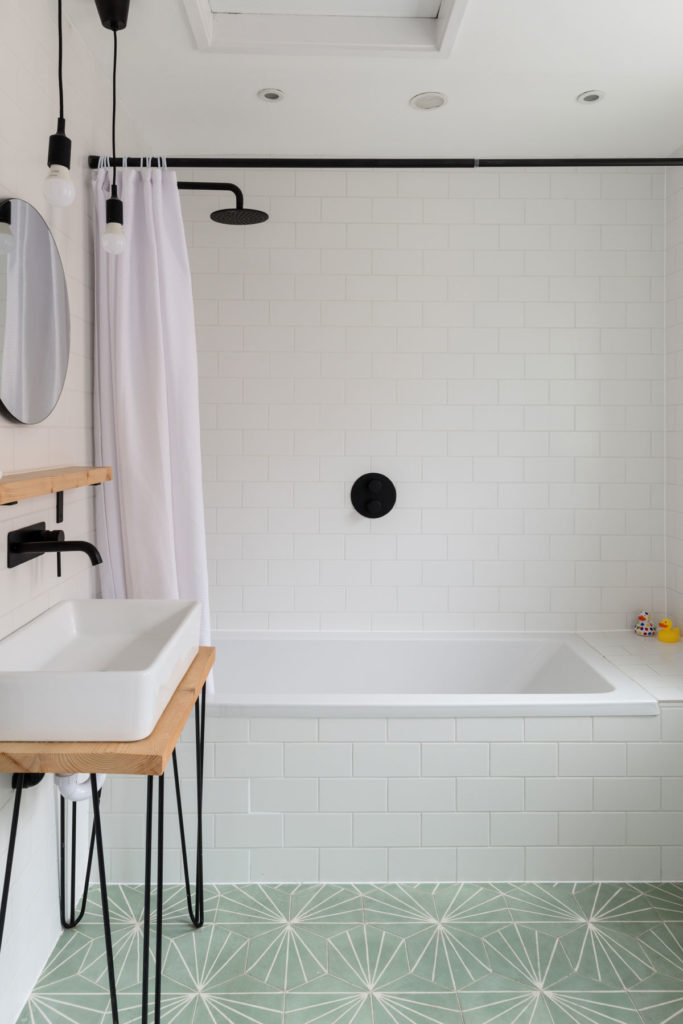
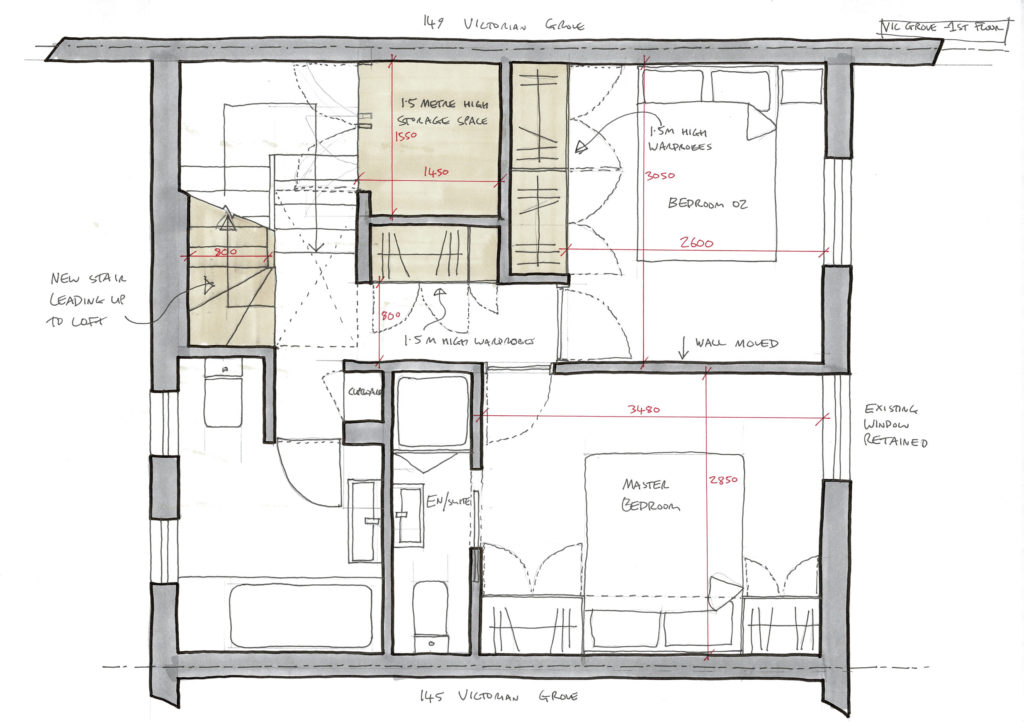
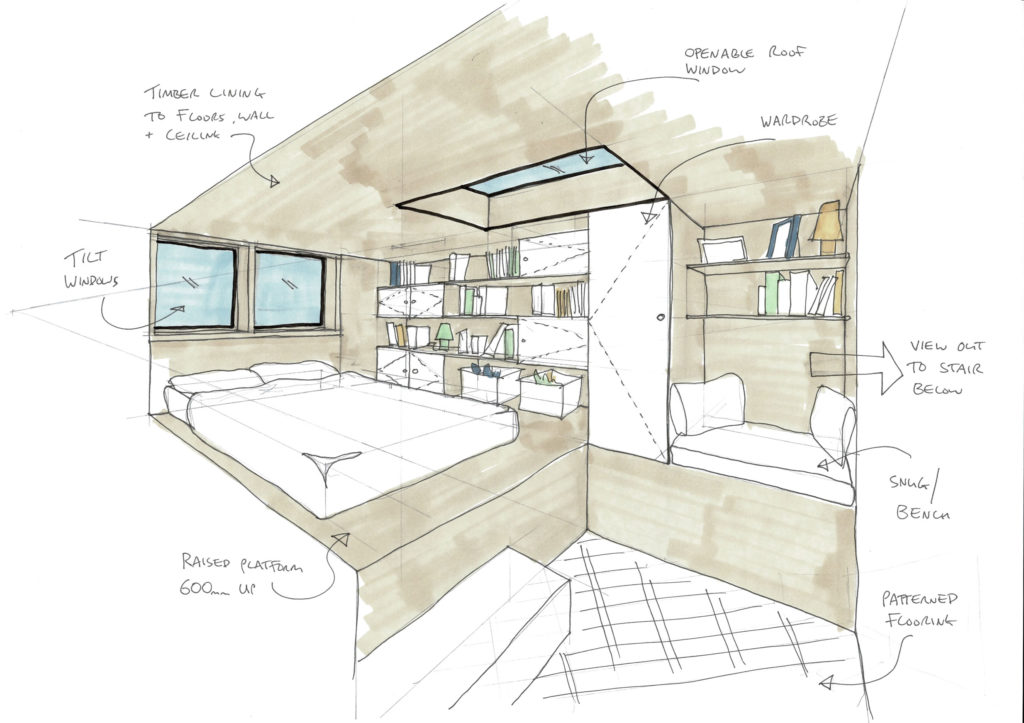
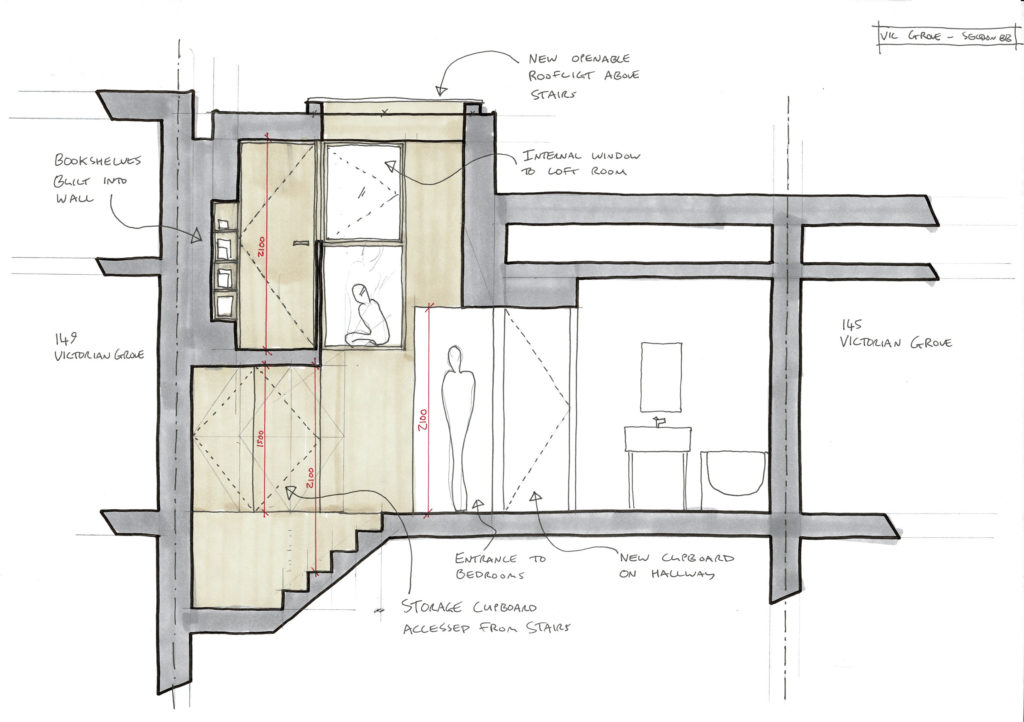
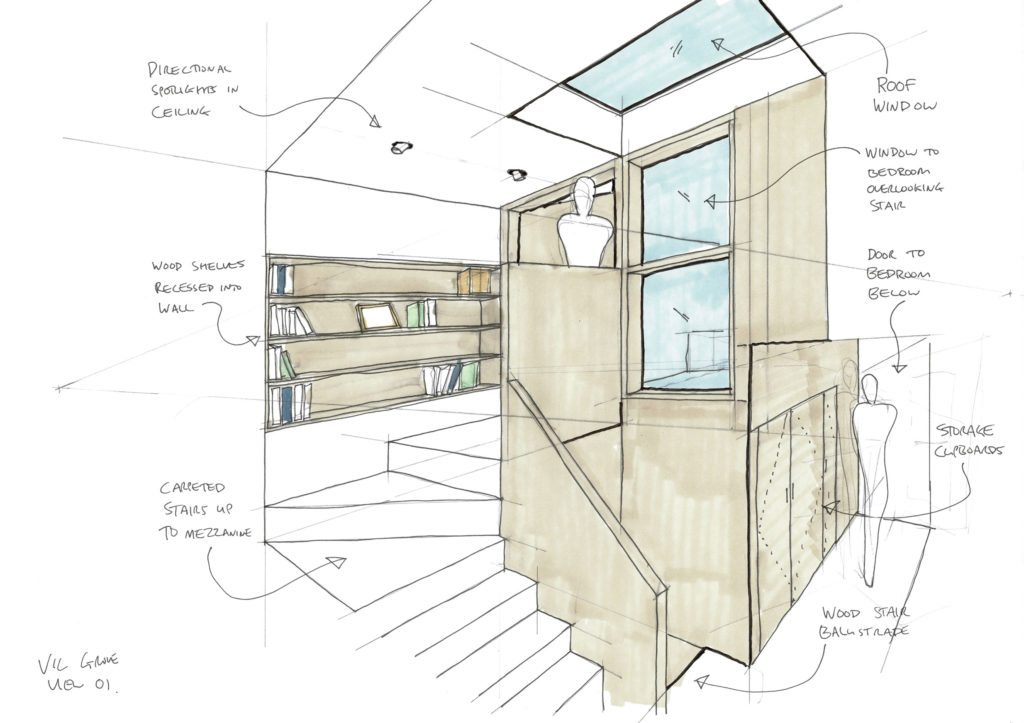
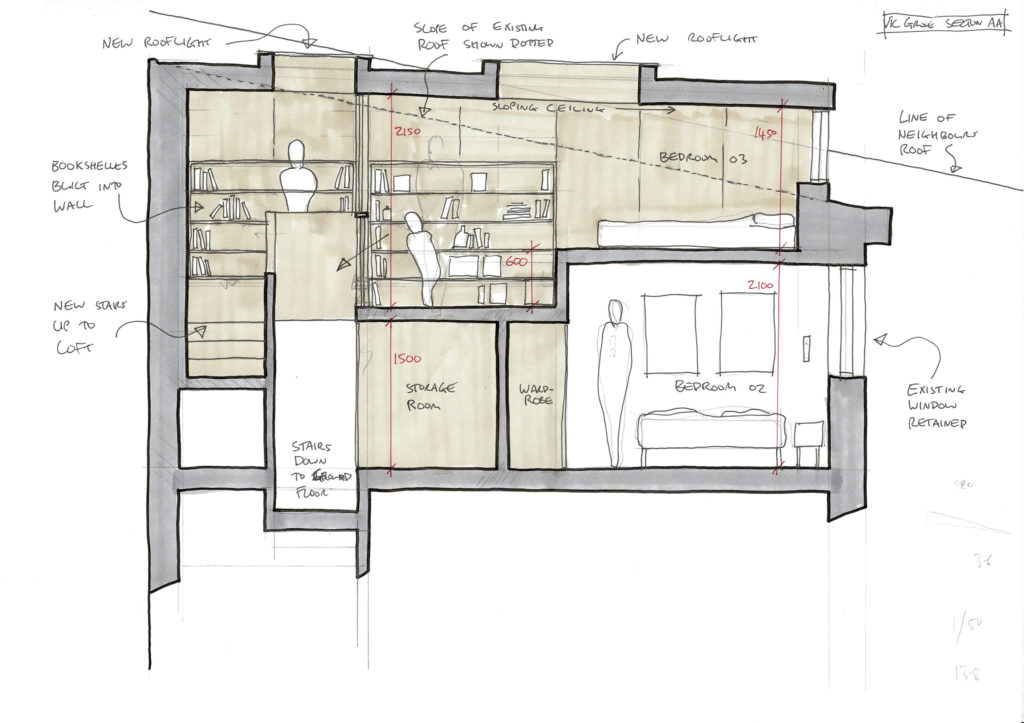
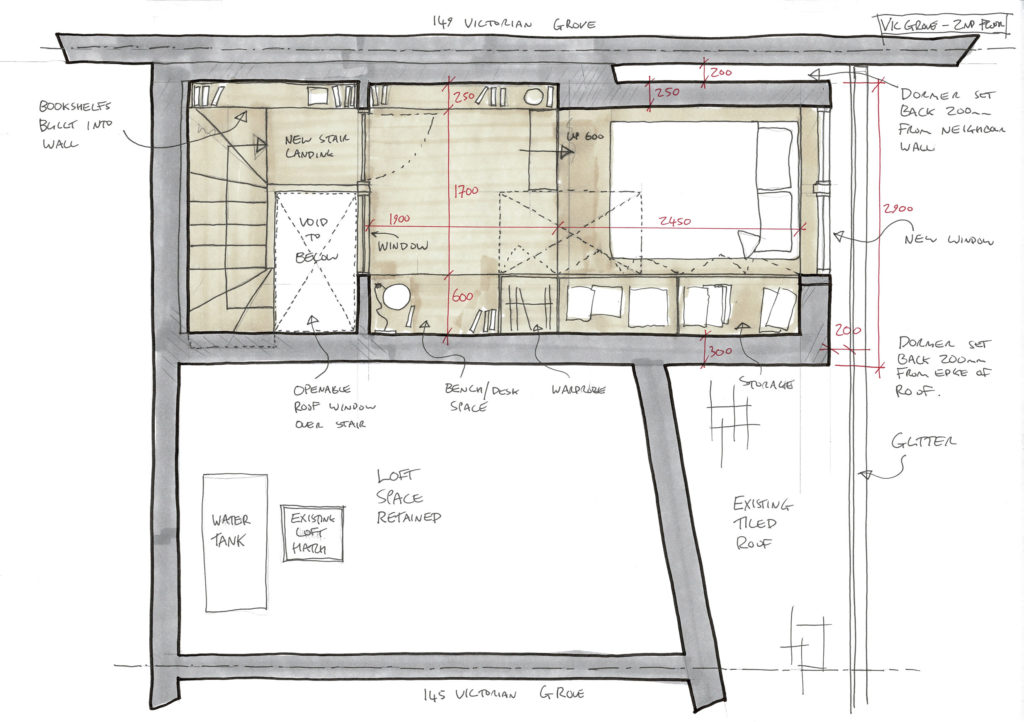
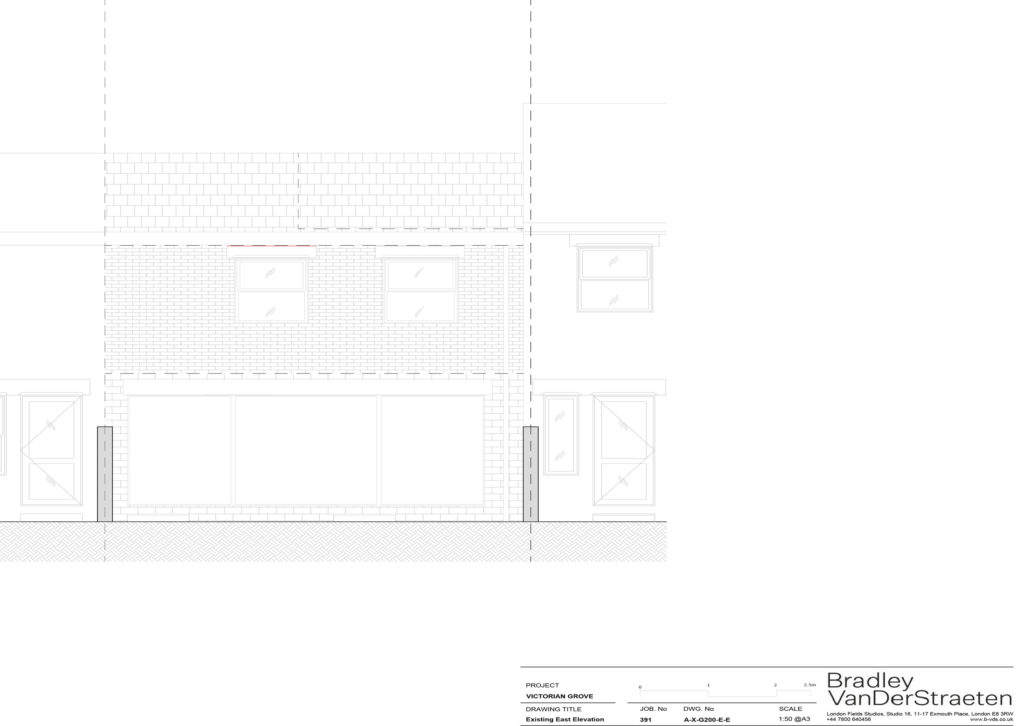
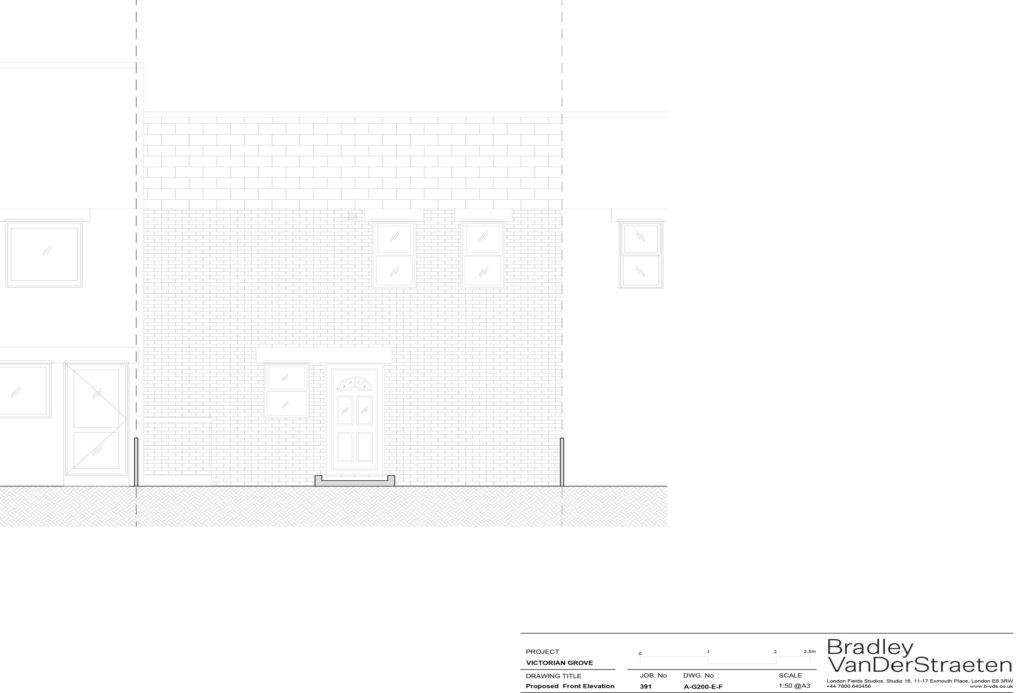
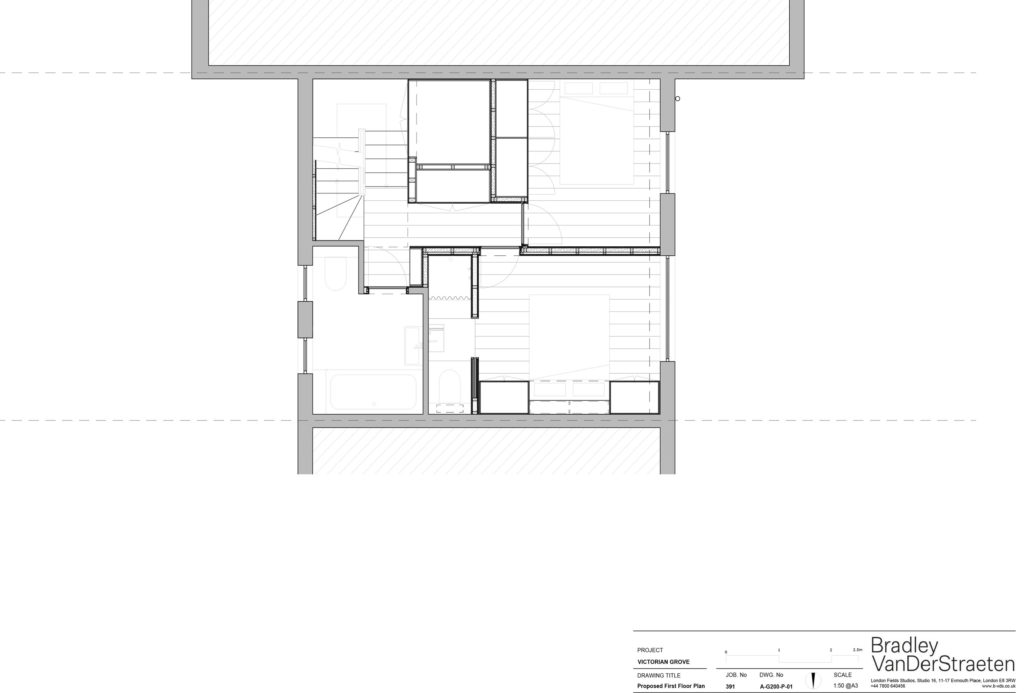
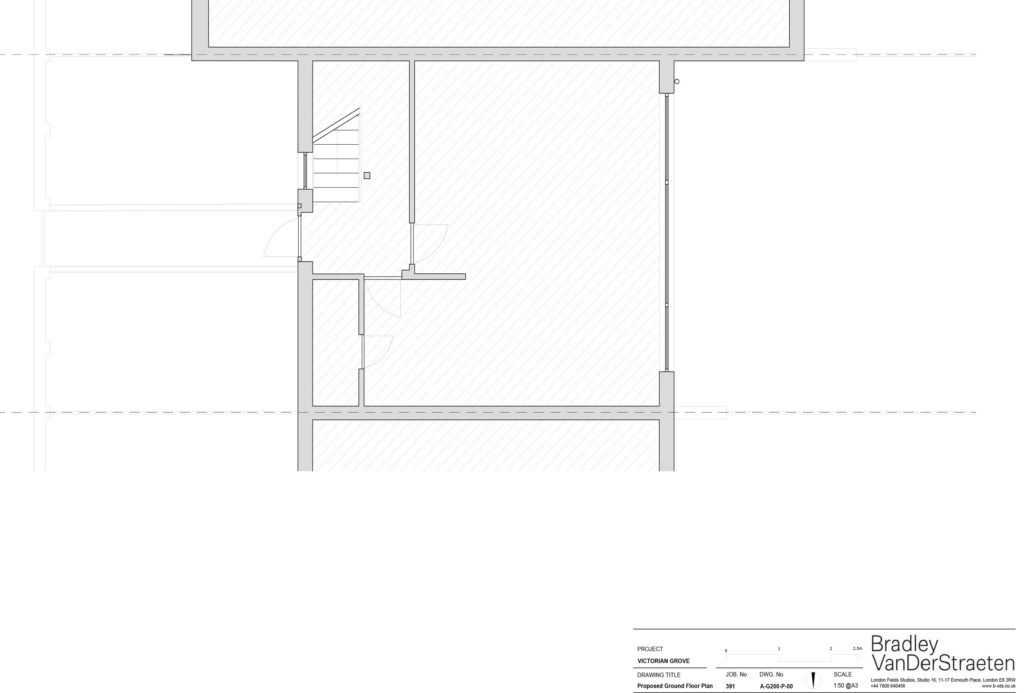
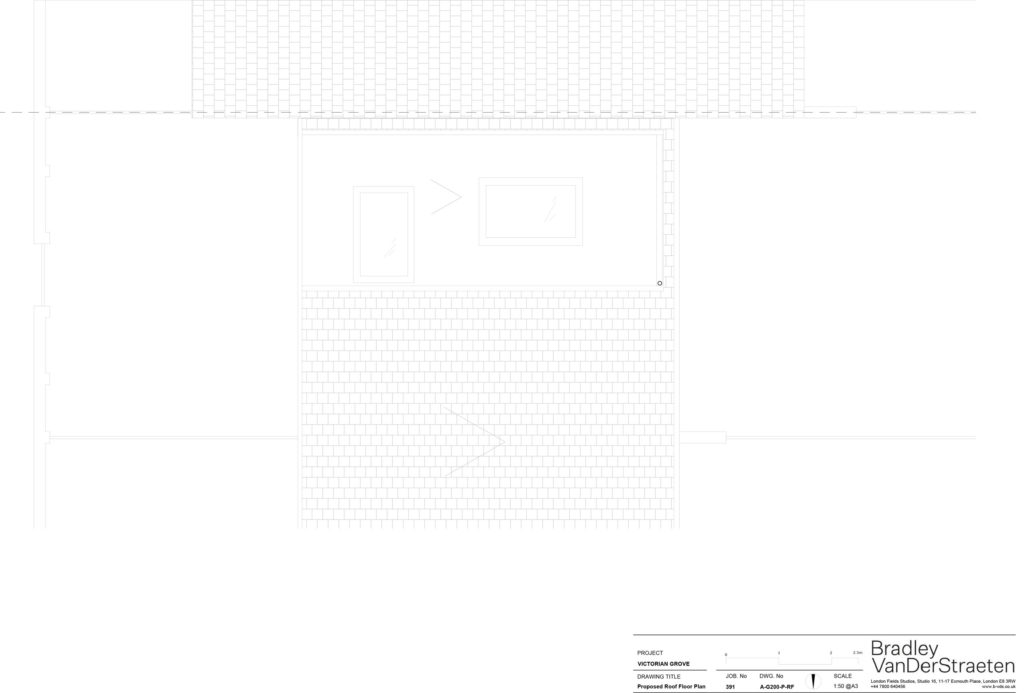

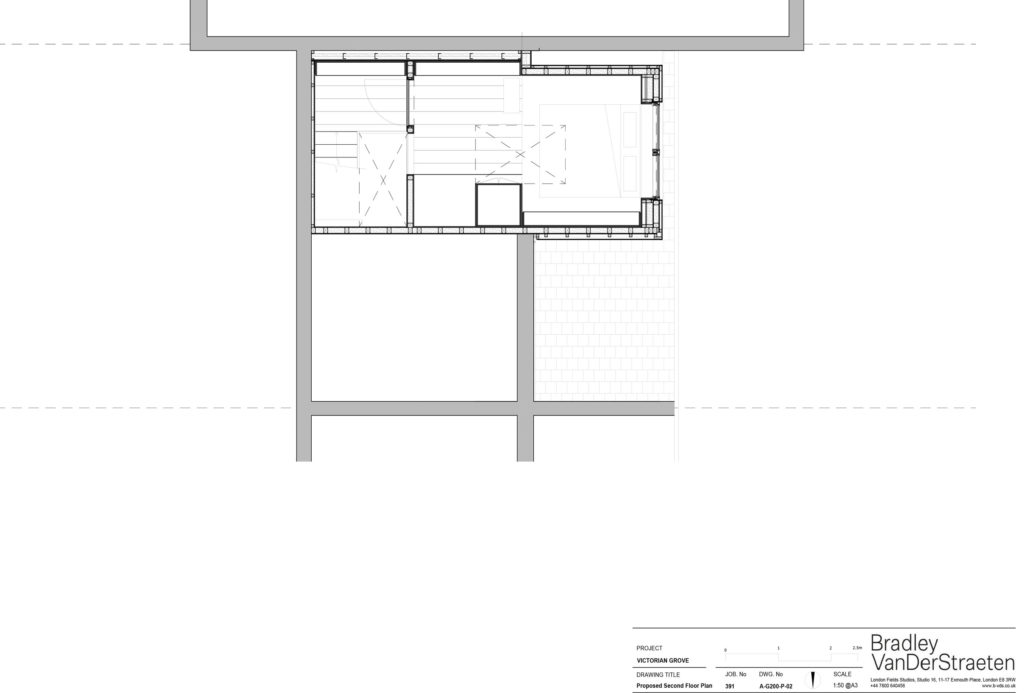
comments